The Emerging Innovations Transforming How We’ll Bring Goods Home
November 02, 2020
The Consortium to Reinvent the Retail Bag Identifies 58 Shortlisted Solutions Across Reusable Design, Innovative Materials & Enabling Technology––Paving the Way Towards a More Circular Future
The Beyond the Bag Initiative, launched by the Consortium to Reinvent the Retail Bag, aims to identify, pilot and implement viable design solutions and models that more sustainably serve the purpose of the current retail bag. Closed Loop Partners’ Center for the Circular Economy launched the initiative with Founding Partners CVS Health, Target and Walmart. Kroger joined as Grocery Sector Lead Partner, DICK’S Sporting Goods as Sports & Outdoors Sector Lead Partner, and Hy-Vee and Walgreens as Supporting Partners, alongside Conservation International and Ocean Conservancy as Environmental Advisory Partners. OpenIDEO is the Consortium’s Innovation Partner.
What does it take to reinvent the retail bag? And what solutions exist today? These are the questions we asked as we launched the Consortium to Reinvent the Retail Bag in July of this year, bringing some of the nation’s most influential retailers together to solve for the 100 billion single-use plastic bags used annually in the U.S. These bags too often end up polluting our oceans, stuck in our trees or being wasted in landfills, and it’s time that we create a better path forward.
In August, the Consortium opened the Beyond the Bag Challenge, inviting entrepreneurs, designers, suppliers and problem-solvers to submit solutions that replace the current single-use plastic bag. Through the Challenge, the Consortium brings to light future-forward, tech-enabled solutions that can help build a new system that serves the function of the retail bag in a sustainable, affordable and inclusive way––helping transport goods from store to destination in a way that aligns with diverse retail systems and delivers ease and convenience for all. Three months and more than 450 submissions later, it’s clear that an impressive range of innovative solutions exist. Challenge submissions span the globe across 60 different countries, and represent a range of company stages, from early concept startups to established, commercial businesses.
We’re seeing three broad categories of innovation emerge––reusable designs, innovative materials and enabling technology––that highlight key opportunity areas, showing the range of solutions and potentially groundbreaking ways we can change retail.
How might these solutions play out in the world? What might a sustainable retail bag system look like? After evaluating hundreds of potential solutions through the lenses of sustainability, business and technical viability, accessibility, customer behavior and alignment with reuse and recovery infrastructure, the Consortium announced today a shortlist of promising solutions for further exploration [SEE SHORTLIST HERE].
Across the Shortlist, we’re seeing three broad categories of innovation emerge––reusable designs, innovative materials and enabling technology––that highlight key opportunity areas, showing the range of solutions and potentially groundbreaking ways we can change retail. These provide a window into the future, a teaser as to what might be to come. Identifying innovation is the first step, and with the right kind of testing, honing and piloting, we can start implementing new solutions and systems at scale.
As we collectively become smarter about what the market needs, what consumers want in a retail experience and what new technologies might enable futures we can’t yet fully envision, we will seek to better understand how these and other solutions might work together to create an interconnected and informed system that will fundamentally shift the way we are currently shopping and getting goods home.
Reusable Designs Keep Materials in Play for Multiple Uses
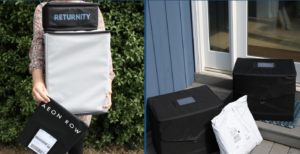
Systems-Driven Reusable Packaging Integration by Returnity
There is a growing innovation category for retail packaging centered on reuse. These solutions use durable materials that can serve the purpose of today’s single-use bag, but remain in circulation for multiple uses within a user-friendly system. Many of these solutions also involve transferring ownership back to the producers and manufacturers––shifting away from typical purchasing models and toward renting, leasing and subscription models for packaging. These include bags-as-a-service and shared-bag systems that incentivize companies to see their products or packaging as valuable assets worth investing in. Through the Challenge, we’re seeing how this broad category comes to life in a multitude of formats, especially at the initial customer interaction point––the point of sale. Solutions range from gurney-style carts that fit in the trunk of a car, to compact reusable bag withdrawal and return stations that sit at the checkout counter and continually cleaned, reusable containers that transport products directly to customers’ homes.
The innovations coming to the fore in this category have the potential to address real challenges in the retail experience. Reuse models address short-lived disposable options, extending the use time of the retail bag from today’s 12-minute average to multiple life cycles, keeping valuable materials in play at their best and highest use. However, for their full impact to be realized, it is important to dig deeper into the structures and systems that enable their long-term environmental and economic sustainability, examining reverse logistics and conducting life cycle assessments, among other areas for evaluation.
Innovative Climate-Friendly Materials Can Reduce Impacts on the Planet
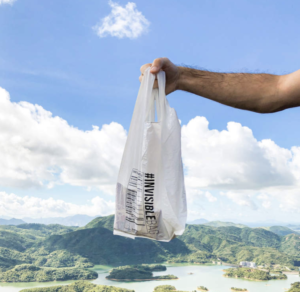
#INVISIBLEBAG by Distinctive Action Ltd
Designers today are recognizing that the materials they choose for a product determine how its entire life cycle will play out, from start to end. As a result, there is a growing focus on material science innovation, and a reevaluation of what goes into products for a carbon-free future. The Challenge has brought to light a whole host of new materials that broaden the way we think about the retail bag––aiming for superior performance that better meets the needs of a diverse range of customers, without creating an outsized impact on the environment. These solutions include stretchy fibers derived from nature, water-soluble films, biopolymers processed from agricultural waste, natural materials like algae, seaweed and chitin, and upcycled materials like cotton.
Many of these pioneering solutions draw from rapidly replenishable resources and seek to add material value at end-of-life, whether through composting or recycling systems. They diversify the resources we use to begin with, relieving pressure from just one primary source––especially fossil fuels. At the same time, we need to ensure that these new solutions don’t outpace our existing recovery infrastructure, and are actually recaptured as intended after use.
Enabling Technologies Accelerate the Uptake of Smart, Sustainable Solutions
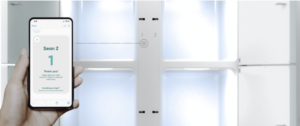
IoT-enabled Food Delivery & Pickup System by Minnow Technologies
Beyond these innovations are the underlying technological processes and systems that create a scaffolding for other solutions or systems, opening up new exchanges with customers and working towards a bagless future. These might harness Quick Response (QR) codes and/or radio frequency identification (RFID) systems that enable companies and consumers, in effect, to check products or packaging in and out along their lifespan. This increases visibility and digital connectivity, which can drive better logistics and inventory management, informing strategic decision-making and incentivizing customers through “nudges” or reward programs. Innovative and “smart” delivery models, like in store kiosks or mobile applications, can also integrate with other categories––reusable designs or innovative materials––to deliver products.
It is critical that these solutions are able to scale commercially, align with market needs and integrate within existing systems of leading retailers, laying the groundwork for long-term change that cuts across industries.
Now, how do all of these solutions come together? From a birds eye view, the range of solutions is wide, with many of them complementary and potentially overlapping. If we take into account all of the ways we use the retail bag, and all of the different people around the world using retail bags, this diversity of thinking works to our advantage. And we know there are yet more avenues to explore. As we collectively become smarter about what the market needs, what consumers want in a retail experience and what new technologies might enable futures we can’t yet fully envision, we will seek to better understand how these and other solutions might work together to create an interconnected and informed system that will fundamentally shift the way we are currently shopping and getting goods home.
Ultimately, it may not be a single solution, or even a few that solve the problem. With ever increasing ways to purchase goods come ever increasing needs for a myriad of interventions that solve for niche sets of needs within specific customer or delivery segments. In reality, there is no panacea to this complex problem––different geographic, economic and social contexts demand varied approaches that cater to diverse sets of needs. If we are to change the future of retail, these solutions, from reuse models to innovative materials to the enabling technologies, need to communicate with and interrelate within a holistic ecosystem, explore new pathways of collaboration to fill in gaps or amplify one another’s strengths, and work to advance the market together, rather than separately.

This is just the beginning of the journey, both for solutions in the Challenge and for the Consortium collectively. In the lead up to the announcement of Challenge winners in early 2021, we’ll begin working more closely with the Shortlisted innovators, helping refine their solutions, digging deeper to understand their full economic, environmental and social impact, and exploring emerging trends. And as we begin to learn where and how these solutions might apply to today’s challenges as well as tomorrow’s, we will work to advance and implement those which can bridge this innovation gap and have an eye on adaptability and agility, or on those that might enable the successful implementation of another concept or emerging technology––all to ensure we are rolling out new ventures that not only work within the operational parameters of our Partners, but serve both customers and the market at large. Overall, it is critical that these solutions are able to scale commercially, align with market needs and integrate within existing systems of leading retailers, laying the groundwork for long-term change that cuts across industries [SEE SHORTLIST HERE].
As we enter the next phase of this initiative, we are excited to work across the Consortium’s ecosystem of emerging innovators and established retail institutions to drive toward a more inclusive, affordable and sustainable future. Join us on this journey, and stay tuned for our upcoming announcement of the final Beyond the Bag Challenge winners in early 2021.
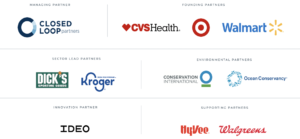
Related posts
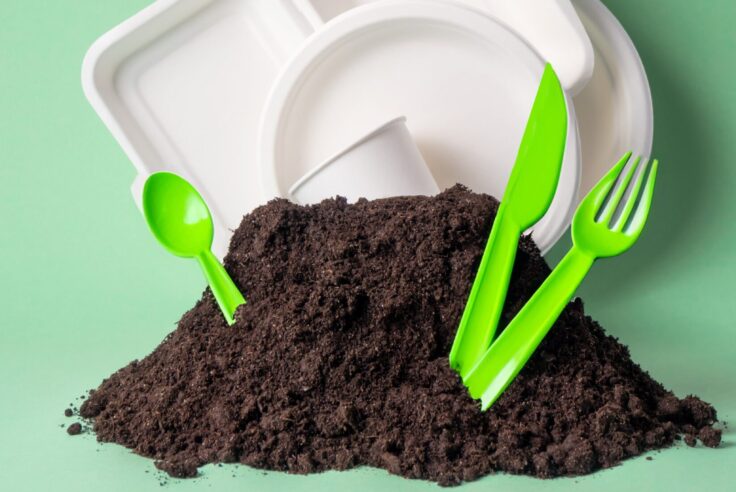
Press Release
Does Compostable Packaging Actually Break Down? Composting...
Data in new report reveals that certified food-contact...
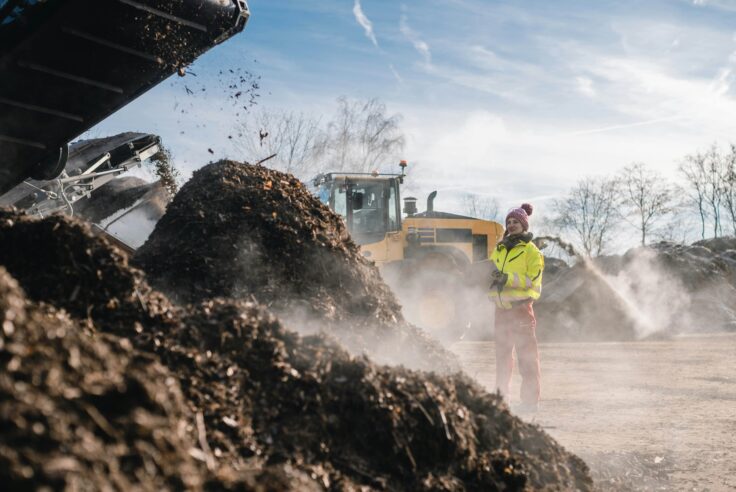
Press Release
First-of-Its-Kind Study by the Composting Consortium...
Commonly held assumptions about contamination were...

Press Release
Closed Loop Partners and the U.S. Plastics Pact Release...
Key findings support the development of more effective...
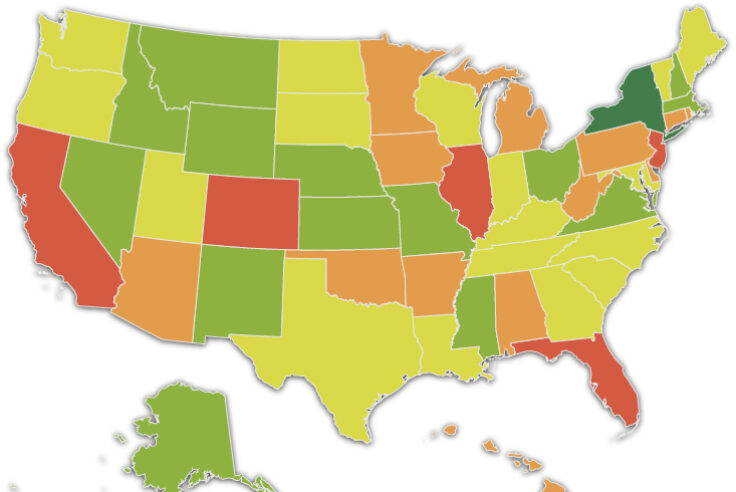
Blog Post
What Brands Need to Know to Increase the Recovery of...
Permitting for composting facilities is complex, but...

Press Release
New Report from the NextGen Consortium Shares Path...
Insights include solutions for paper mills, material...
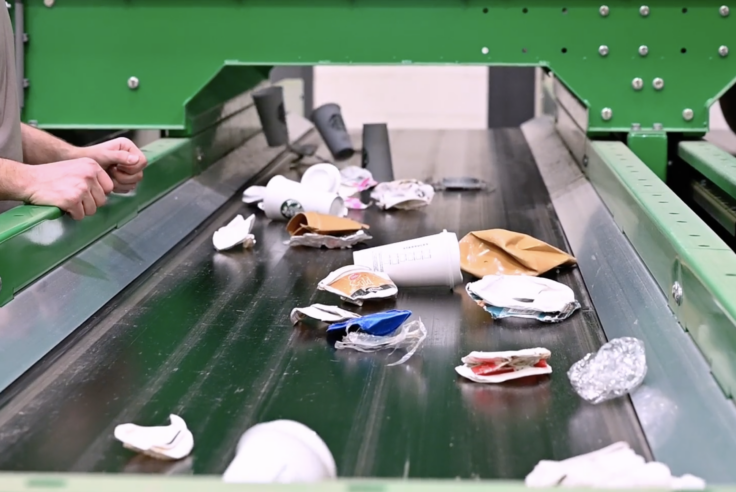
Reuse Series
Blog Post
When Reusable Cups Reach End-of-Life: 5 Tips to Ensure...
The NextGen Consortium shares 5 tips to ensure reusable...
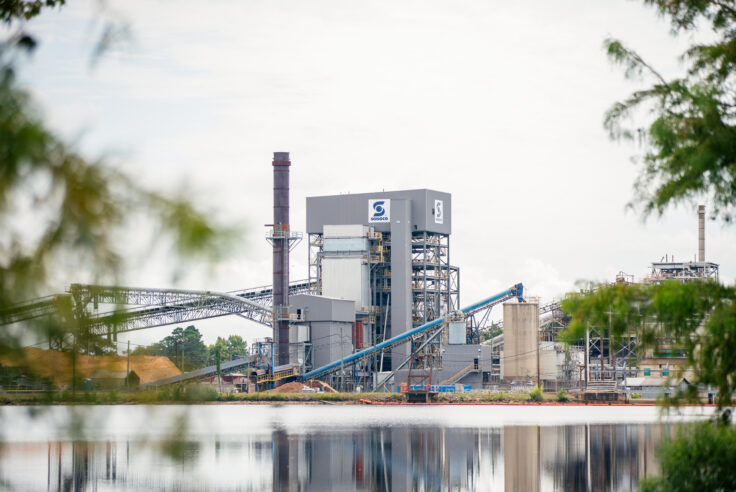
Blog Post
How a South Carolina Paper Mill Started Recycling Your...
In July 2022, Sonoco announced it would accept paper...
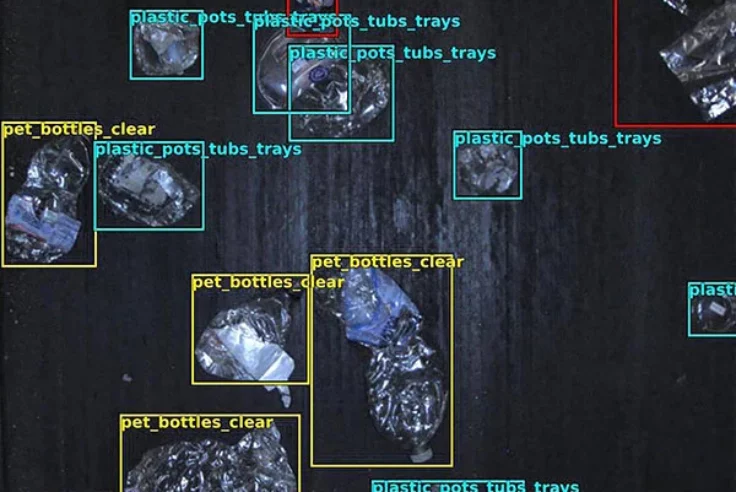
Press Release
How AI Could Change the Way We Think About Recycling
Closed Loop Partners’ Center for the Circular Economy...
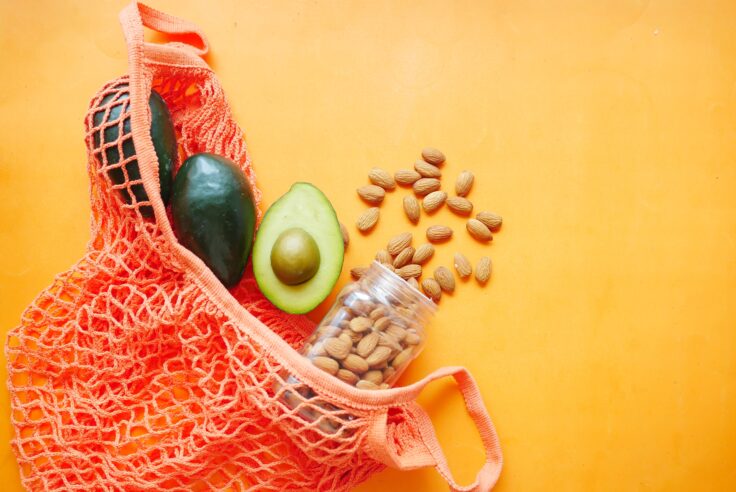
Reuse Series
Blog Post
Making Reuse an Everyday Reality: 3 Things We Must...
Reuse is now at a critical stage of development. A...
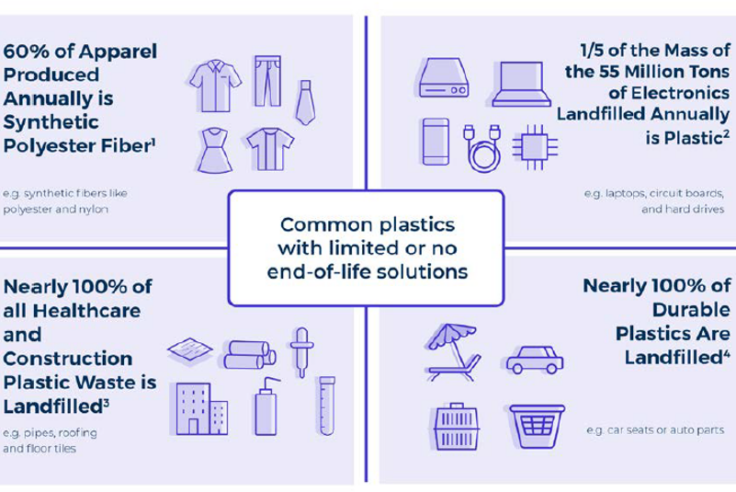
Molecular Recycling
Blog Post
What Is Chemical Recycling, Why Does It Have So Many...
Closed Loop Partners spent 18 months investigating...
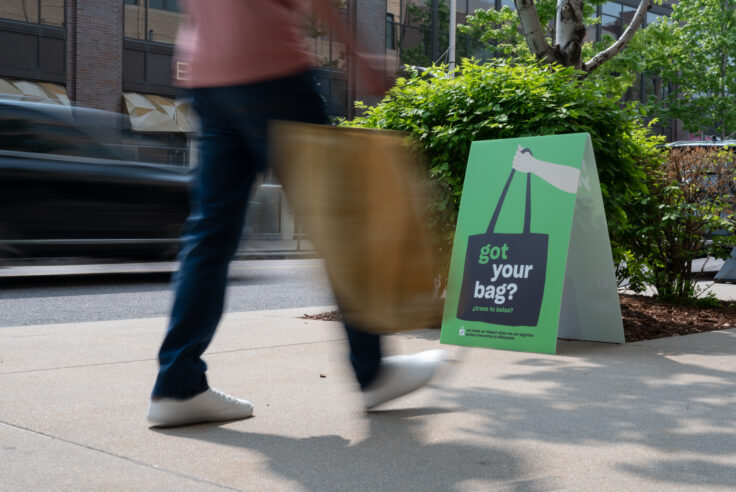
Reuse Series
Blog Post
The Most Sustainable Bag Is Likely the One You Already...
How often do you get to the checkout counter only to...
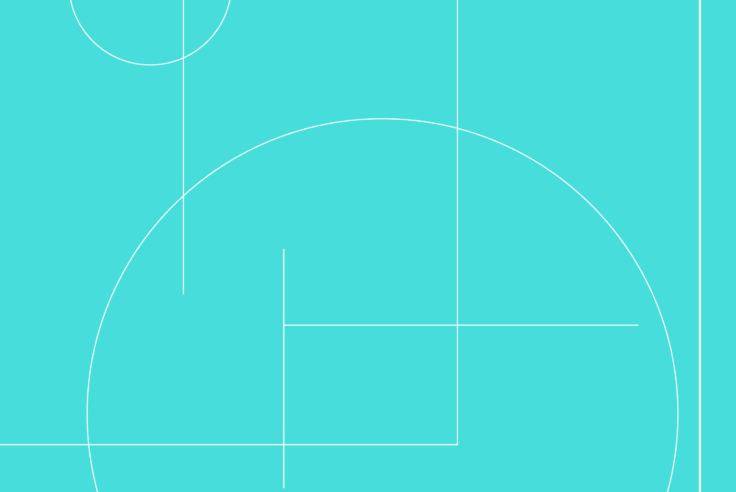
Press Release
Dollar Tree and Family Dollar Join the Beyond the Bag...
The retailer aims to reduce dependency on single-use...
